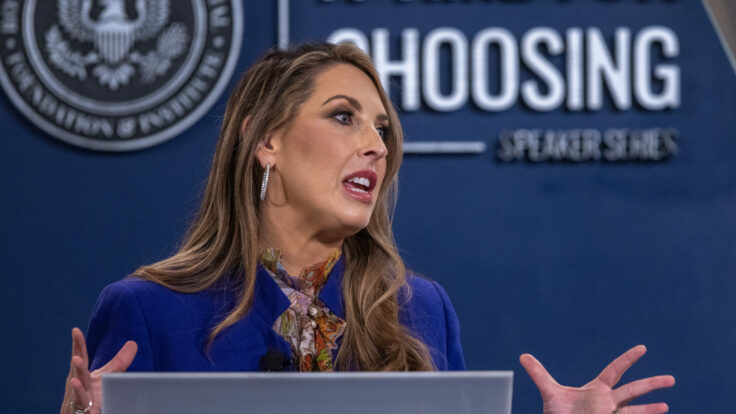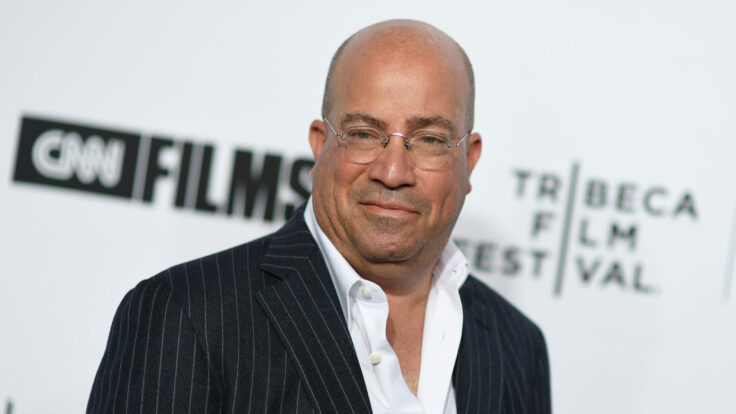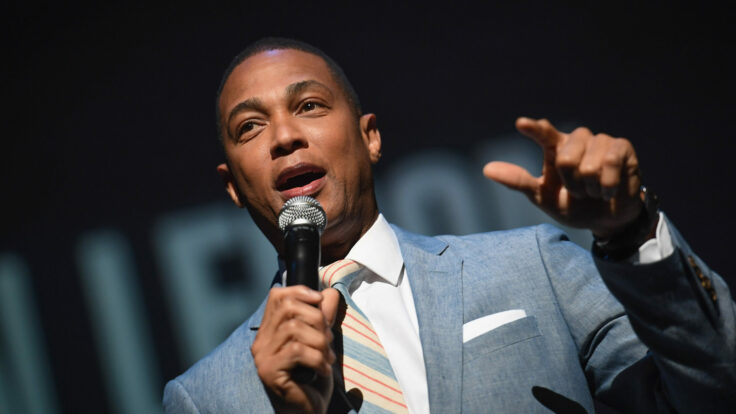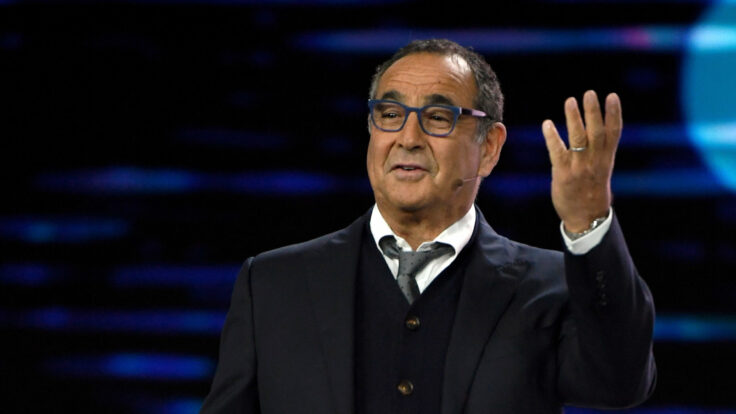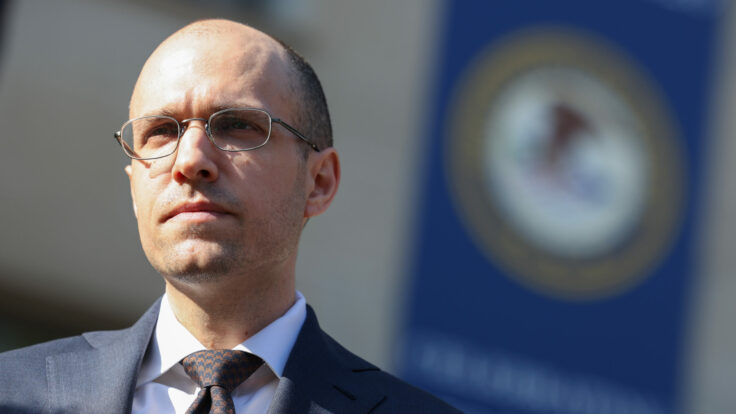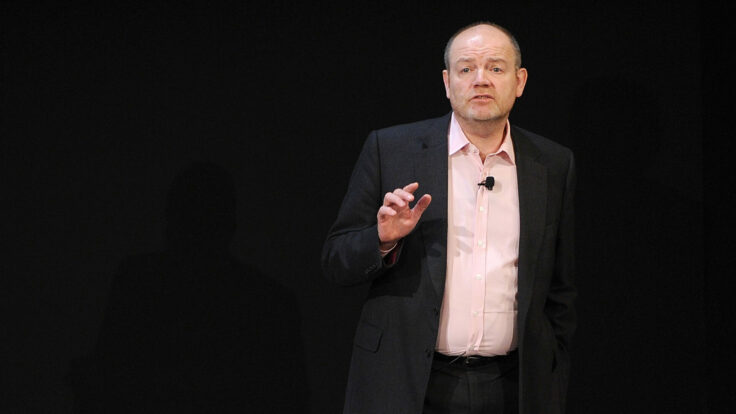On Monday afternoon, Major General Chris Donahue, commander of the 82nd Airborne, boarded a gray military plane in Kabul, becoming the last American soldier to leave Afghanistan. His departure, photographed in dramatic, slime-green night vision and released by the Pentagon, capped off a dramatic month in Kabul: its bloodless fall to the Taliban and the ignominious collapse of the Afghan government; the desperate scenes at the airport and the extraordinary evacuation of more than 100,000 civilians in a matter of weeks; a terrorist attack that killed 13 American service members and nearly 200 Afghans; the retaliation, in which several Afghan children were killed; and the end of a twenty-year war that killed and maimed tens of thousands of Afghans and Americans and cost trillions of dollars.
It was an emotional and fraught month in Washington, too. As I wrote two weeks ago, the city immediately responded to the mayhem by doing two things. One was to work every possible political connection—a local pastime usually reserved for getting children into Sidwell Friends—to try to rescue Afghan friends and colleagues who feared death and persecution at the hands of the Taliban. (There have since been many excellent stories about these efforts, which some have dubbed “Digital Dunkirk.”) The second was to assign blame for the chaotic images Americans saw broadcast from Kabul: Was it an intelligence failure? Did the Biden administration bungle the withdrawal? Was a heartbreaking mess inevitable or had the media overdramatized the chaos?







